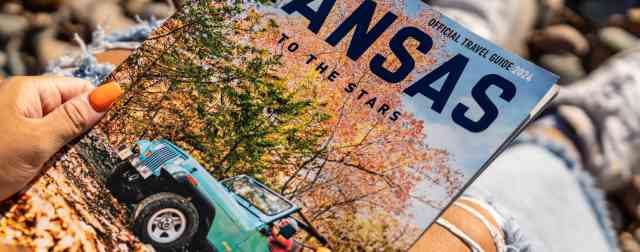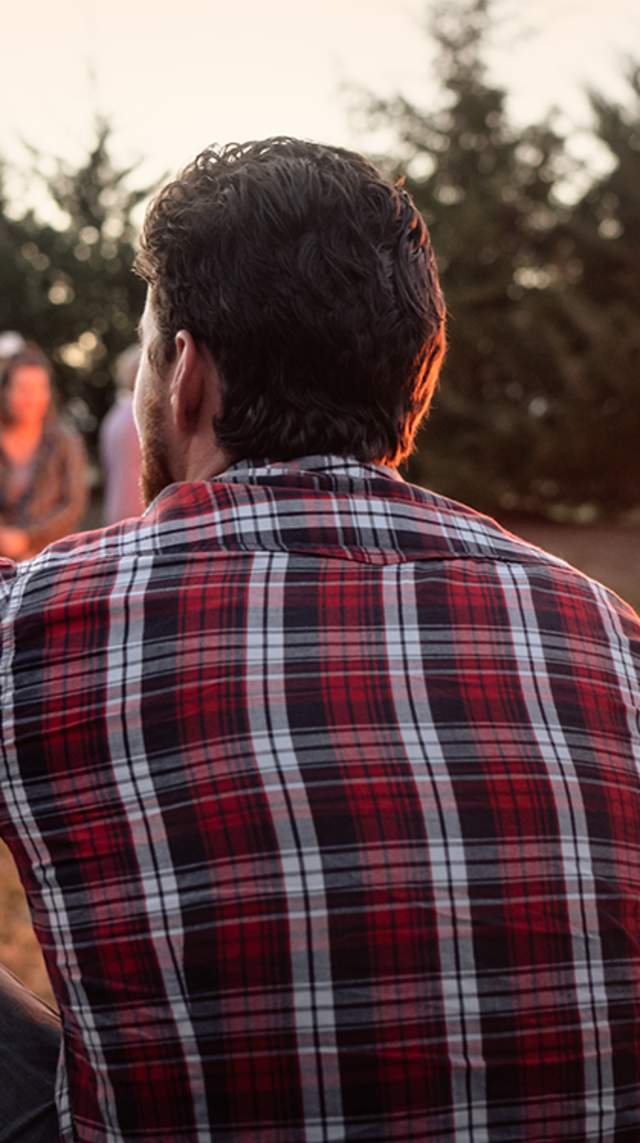Prior to Kansas’ statehood in 1861, many American Indians called the Sunflower State home. Both native and emigrant tribes claimed territories throughout Kansas. At one time, nearly 30 tribes inhabited the lands. Because of the history and occupancy of Native Americans in Kansas, there is much to discover and learn about the native people. Read more below about the Top 10 Native American Experiences in Kansas:

1. Kaw Mission State Historic Site
The Historic Tour of Council Grove begins at the Kaw Mission, built in 1850, it tells the story of a school built for Kaw children. The Kaw (or Kansa) gave our state its name. They lived along the Santa Fe Trail for less than 30 years before the U.S. government removed them to Indian Territory.
2. Pawnee Indian Museum State Historic Site
The Pawnee tribe was a dominant power in the Central Plains. Their territory included large areas of present-day Kansas. Archeological investigation and historic details tell the story of a Pawnee village that existed in the late 1700s at the Pawnee Indian Museum State Historic Site. The museum is one of the only museums in the Central Plains that chronicles an indigenous tribe.
3. Haskell Indian Art Market
The Haskell Indian Nation University in Lawrence hosts an annual Haskell Indian Art Market. This colorful event attracts hundreds of visitors in search of Native American artwork and an introduction to the local culture. The market is held on the second weekend of September. Visitors are encouraged to also visit the Haskell Indian Nation University and Cultural Center.
4. Medicine Lodge Peace Treaty
The Medicine Lodge Peace Treaty Statue commemorates the Signing of the Treaty of 1867, between the U.S. Government and five southern plains tribes. The Medicine Lodge Indian Peace Treaty Pageant is a celebration of the history and heritage of Medicine Lodge. The celebration takes places annually in September.
5. Shawnee Indian Mission State Historic Site
The National Historic Landmark Shawnee Mission, like many other missions, was established as a training school attended by boys and girls from Shawnee, Delaware, and other Indian nations. The Shawnee Mission served as an early territorial capitol and supply point on the Santa Fe and Oregon Trails, and a camp for Union soldiers during the Civil War.
6. Battle of Punished Woman's Fork at Battle Canyon
Travel to the grounds where the very last Indian battle in Kansas befell. Punished Woman’s Fork is about one mile south of Lake Scott State Park. A monument overlooks a cave, canyon, and the bluffs where the Northern Cheyenne hid waiting to ambush the soldiers in the U.S. Cavalry. Visitors can still sense the historic drama that took place here and can appreciate the desperation that led to this battle.
7. El Cuartelejo Pueblo Ruins
Archeologists believe that the village of El Cuartelejo, a Plains Apache village where Taos Indians fled to escape Spanish rule, was once located within the Historic Lake Scott State Park. The outline of the ruins of a small seven-room pueblo and an extensive Plains Apache village were restored and markers placed for park visitors to see.
8. Allegawaho Memorial Heritage Park
A two-mile walking trail takes visitors on a tour of 11 identified historic locations that tell the history of the Kaw Tribe. The trail twines through a beautiful 158-acres that make up Kaw Heritage Park. This site was home to the last Kaw Indian village in Kansas prior to forced removal and relocation of the tribe to Indian Territory.
9. Coronado Quivira Museum
The Coronado Quivira Museum in Lyons highlights the history of Rice County and central Kansas. Exhibits in the museum feature the Quivira Indians, Coronado’s 1541 journey north, Santa Fe Trail, and rural America in the very early nineteen hundreds. Countywide tours are also available to prehistoric and historic sites, including the Santa Fe Trail and important Quiviran Indian sites.
10. Keeper of the Plains
The Keeper of the Plains is a 44-foot tall steel sculpture standing at the point where the Big and Little Arkansas rivers join together in downtown Wichita. This land between the two rivers is sacred ground to the Native American people and is also home to the Mid-America All-Indian Center. The Indian Warrior sculpture was created by Wichitan and Native American artist Blackbear Bosin.



